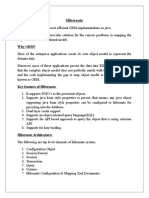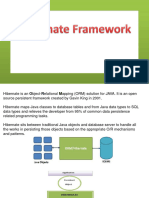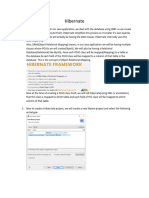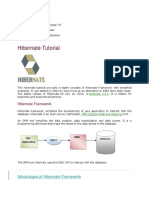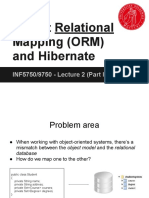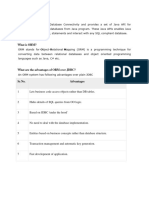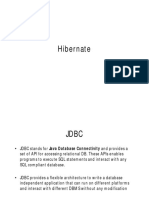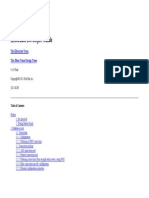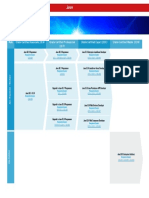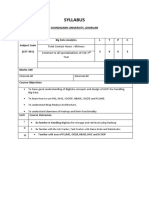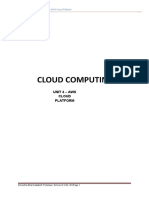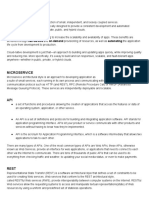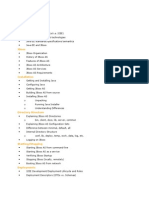0% found this document useful (0 votes)
6 views10 pagesHibernate
Hibernate is an open-source ORM framework developed by Gavin King in 2001, allowing easy mapping of objects to database tables for CRUD operations. It utilizes XML configuration files (hbm.xml and cfg.xml) for mapping and settings, and provides features like automatic table creation, complex join support, and caching techniques. Additionally, Hibernate supports JPA annotations for object mapping, eliminating the need for separate XML files.
Uploaded by
manavjadhav2004Copyright
© © All Rights Reserved
We take content rights seriously. If you suspect this is your content, claim it here.
Available Formats
Download as PDF, TXT or read online on Scribd
0% found this document useful (0 votes)
6 views10 pagesHibernate
Hibernate is an open-source ORM framework developed by Gavin King in 2001, allowing easy mapping of objects to database tables for CRUD operations. It utilizes XML configuration files (hbm.xml and cfg.xml) for mapping and settings, and provides features like automatic table creation, complex join support, and caching techniques. Additionally, Hibernate supports JPA annotations for object mapping, eliminating the need for separate XML files.
Uploaded by
manavjadhav2004Copyright
© © All Rights Reserved
We take content rights seriously. If you suspect this is your content, claim it here.
Available Formats
Download as PDF, TXT or read online on Scribd
/ 10







